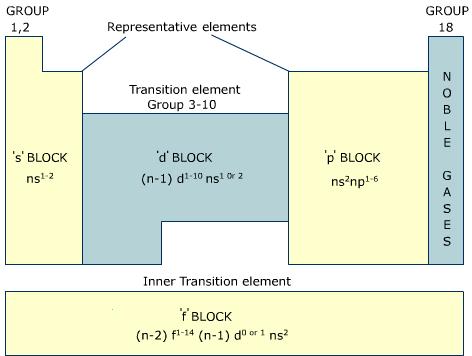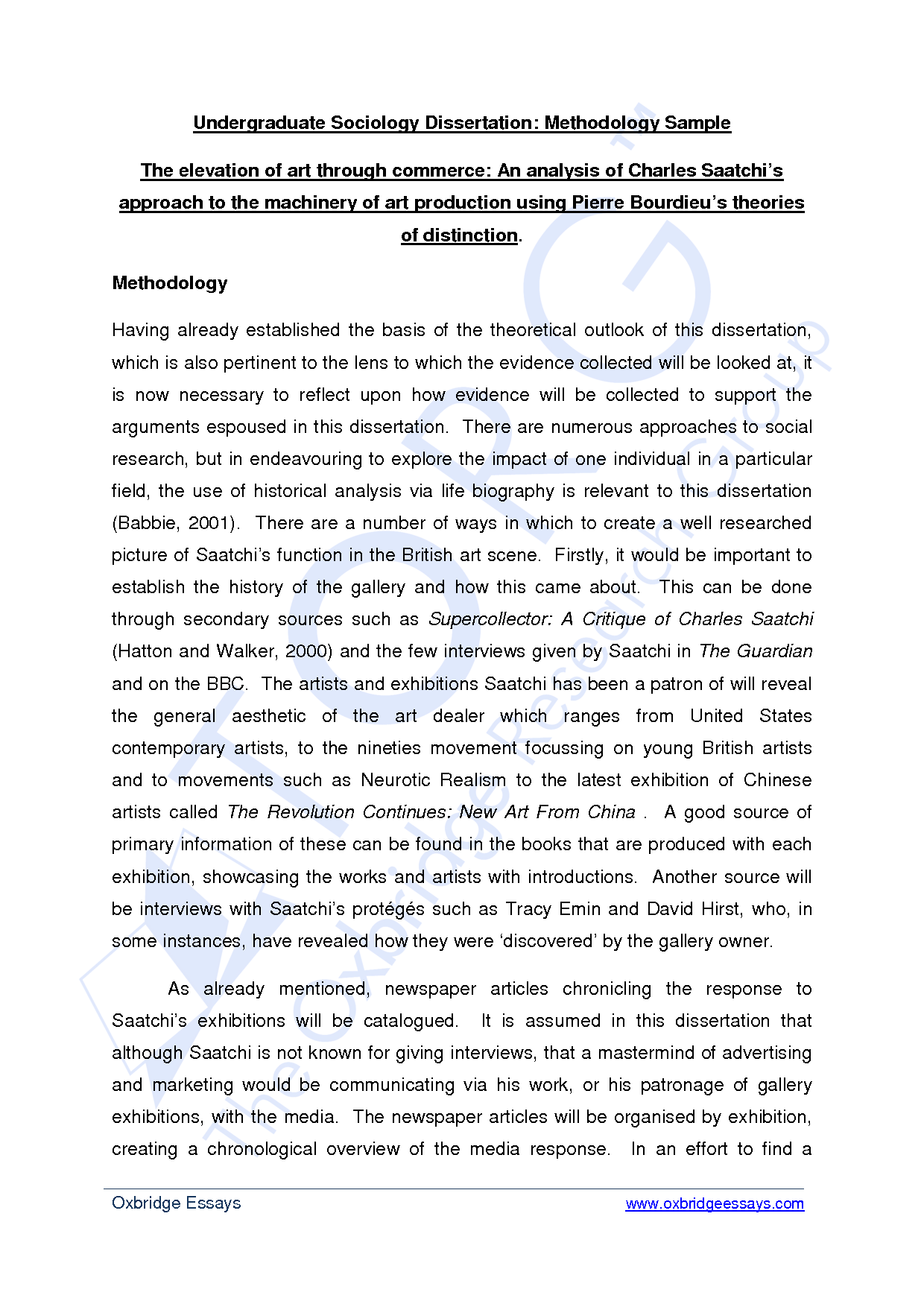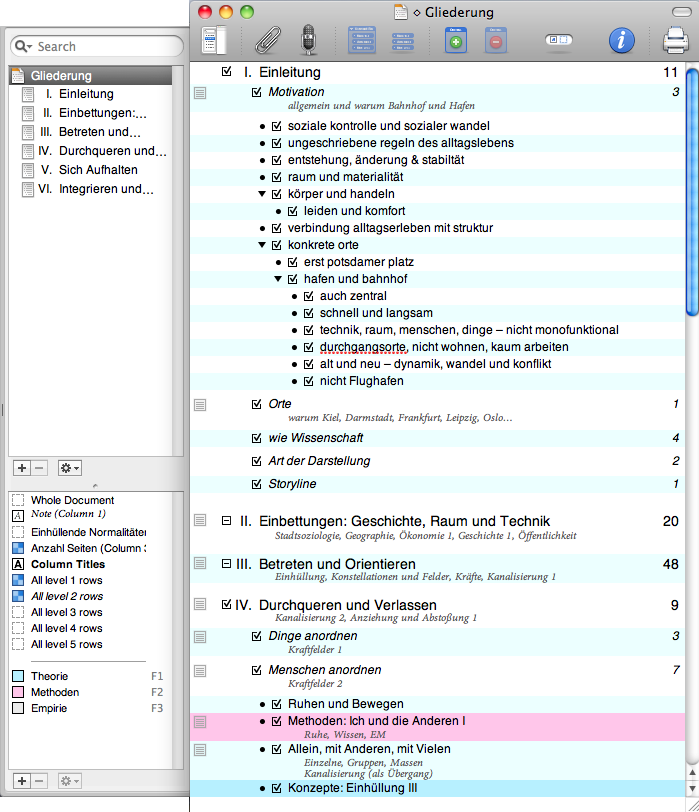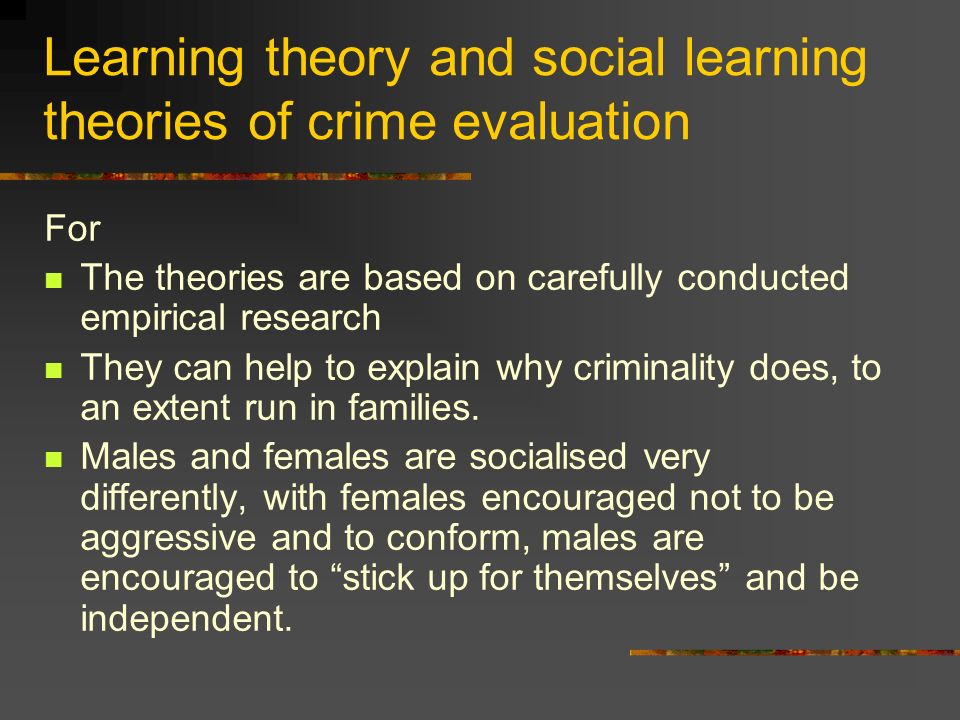Intrahousehold allocation and gender relations essay.
Intrahousehold allocation and gender relations The paper reviews recent theory and empirical evidence testing unitary versus collective models of the household. In contrast to the unitary model, the collective model posits that individuals within households have different preferences and do not pool their income.
Intrahousehold allocation and gender relations essay. Published by at December 9, 2018. Categories. Intrahousehold allocation and gender relations essay; Tags. Intrahousehold allocation and gender relations essay. 5 stars based on 92 reviews aplusspreading.com Essay. Essay writing lingo.

INTRAHOUSEHOLD ALLOCATION AND GENDER RELATIONS: NEW EMPIRICAL EVIDENCE FROM FOUR DEVELOPING COUNTRIES Quisumbing, Agnes R.; Maluccio, John A. The paper reviews recent theory and empirical evidence testing unitary versus collective models of the household.

December 16, 2018 Intrahousehold allocation and gender relations essay. 0 Comments. Intrahousehold allocation and gender relations essay. 4 stars based on 149 reviews booking.com.couponsshowcase.com Essay. Child study essay avoiding plagiarism essay writing. Dental hygienist interview summary essay.
II Women’s Work and Intrahousehold Resource Allocation In examining intrahousehold resource allocation, the allocation of time is an important aspect since the way a household allocates its member’s time among various economic activities is a crucial determinant of its income level and human capital investments (Harvey and Taylor, 2000).

Intrahousehold allocation and gender relations. Agnes Quisumbing and John Maluccio (). No 84, FCND briefs from International Food Policy Research Institute (IFPRI) Abstract: The paper reviews recent theory and empirical evidence testing unitary versus collective models of the household. In contrast to the unitary model, the collective model posits that individuals within households have.

Intrahousehold allocation and gender relations. Agnes Quisumbing and John Maluccio (). No 84, FCND discussion papers from International Food Policy Research Institute (IFPRI) Abstract: The paper reviews recent theory and empirical evidence testing unitary versus collective models of the household. In contrast to the unitary model, the collective model posits that individuals within households.

Many women in rural India seldom leave their village before marriage; for example, in. India, while 75 percent of women aged 22 and older reside outside their place of birth, 87. percent of them do because of marriage migration (Fulford 2013).

However, the standard individual-level measures needed to capture overall gender inequality in the intrahousehold allocation of resources are not equally available for all three areas.

DANIELA LANGUAGES LTD is a London based Foreign Language Services Company. We offer a comprehensive range of services including translations, interpreting and subtitling.

Home IFPRI Publications Intrahousehold allocation and gender relations Reference URL Share. Add tags Comment. IM or document To embed this object, paste this HTML in website. Intrahousehold allocation and gender relations. View Description. Page Flip View: Download: small (250x250 max) medium (500x500 max) Large. Extra Large. large.

In addition, as seen in Chapter 9, Intra-Household Allocation and Gender Bias in Nutrition: Application of Heckman Two-Step Procedure, certain societies where female children and women consume less compared to their male counterparts exhibit gender bias in rural nutrition, and this may vary depending on the productivity levels and seasonality in food consumption (Babu et al., 1993). Thus.

Important contributions in understanding the dynamics of intrahousehold allocations and of household formation include papers by Mazzocco. into examining the inner workings of households in the early 1980s became a booming literature of bargaining models and intrahousehold allocation by the late. 7 The household and gender relations.



